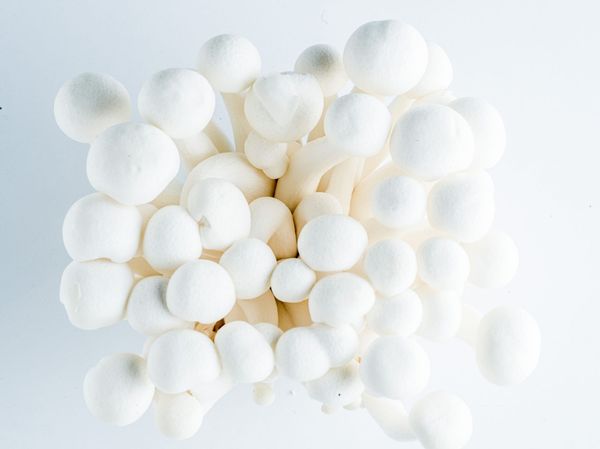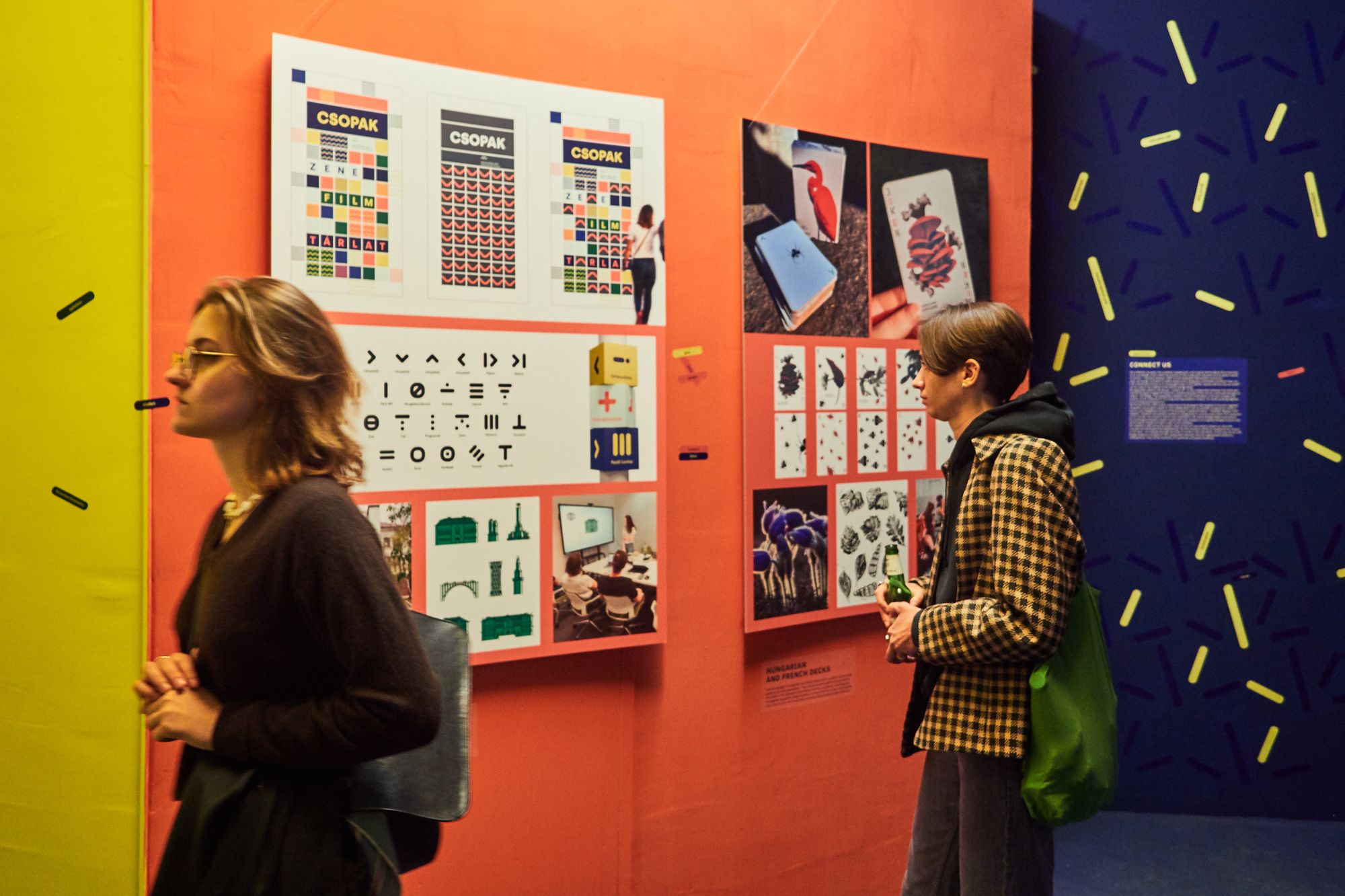Sustainable social and ecological solutions in a web of local and international connections—the organizers of Vienna Design Week 2022 have yet again made the triad of objects-spaces-services in social design one of their top priorities. The link between design and society can be very diverse, which is demonstrated by the repertoire of the ten-day event. This year, art students from the Budapest Metropolitan University were also represented at the Veszprém-Balaton 2023 European Capital of Culture stand.
For decades, Vienna has been home to one of the most important and up-to-date multidisciplinary and curated design festivals in Austria—and perhaps in the region—which goes beyond the usual expo structure and fair-like character and focuses on current design issues. Since 2007, Vienna Design Week has been a defining part of Vienna’s design landscape, with around 200 events and 40,000 visitors annually. The festival considers it crucial that exhibitions, product launches and events do not only address the pressing issues of our time: the VDW’s diverse educational program also provides opportunities for people who have not previously been involved in design, giving everyone from international audiences to school classes the opportunity to gain insight and participate.
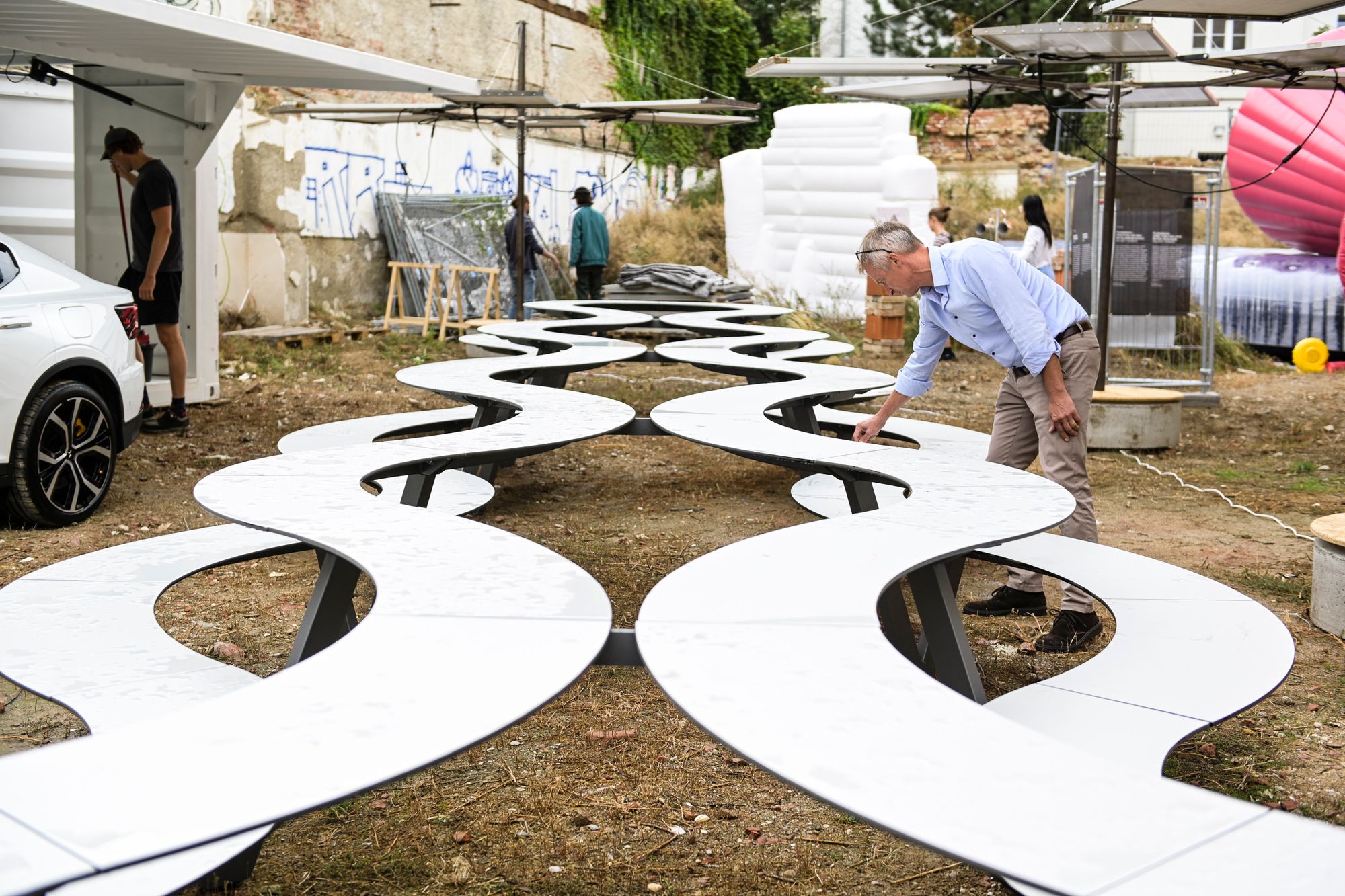
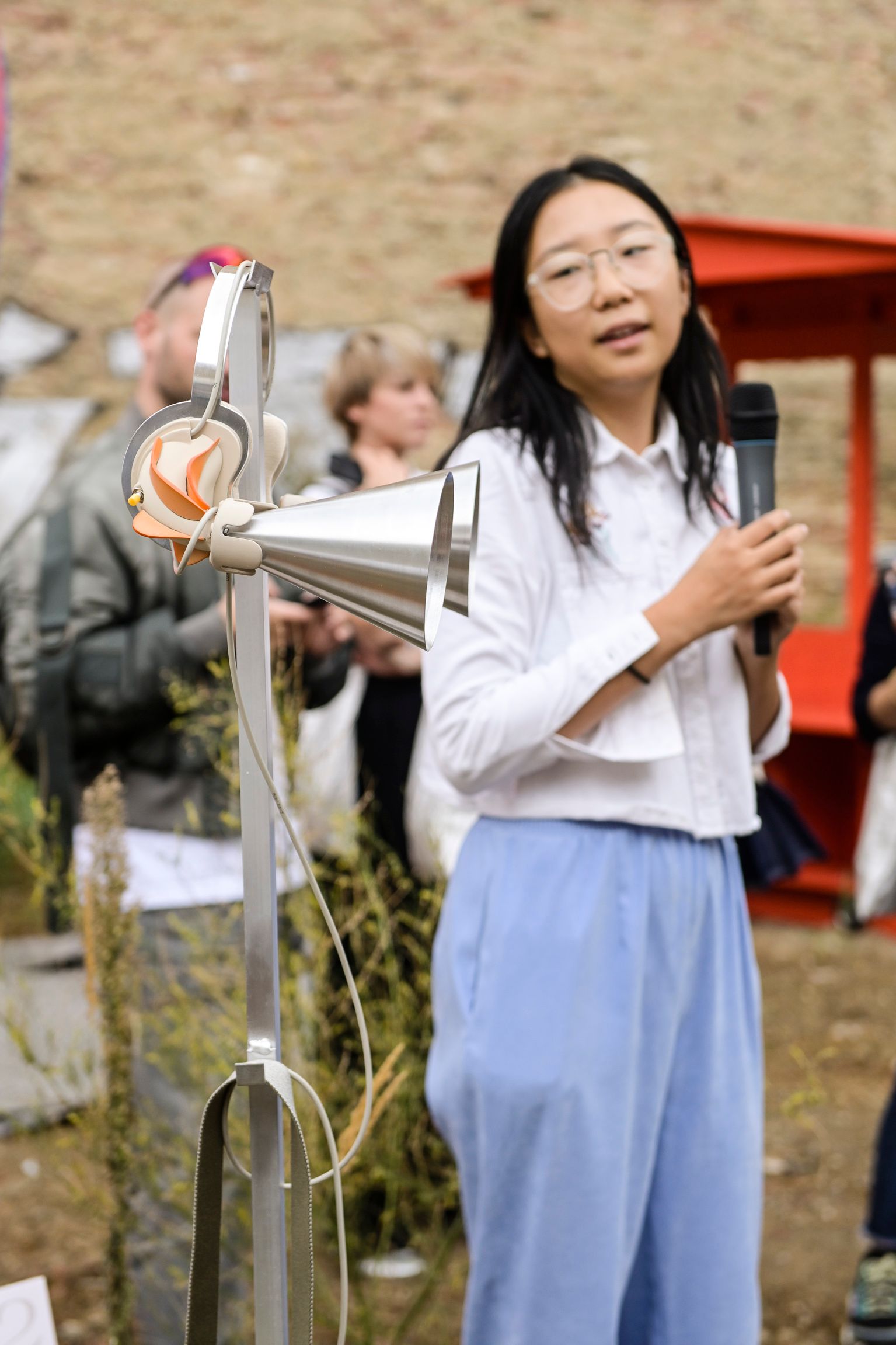

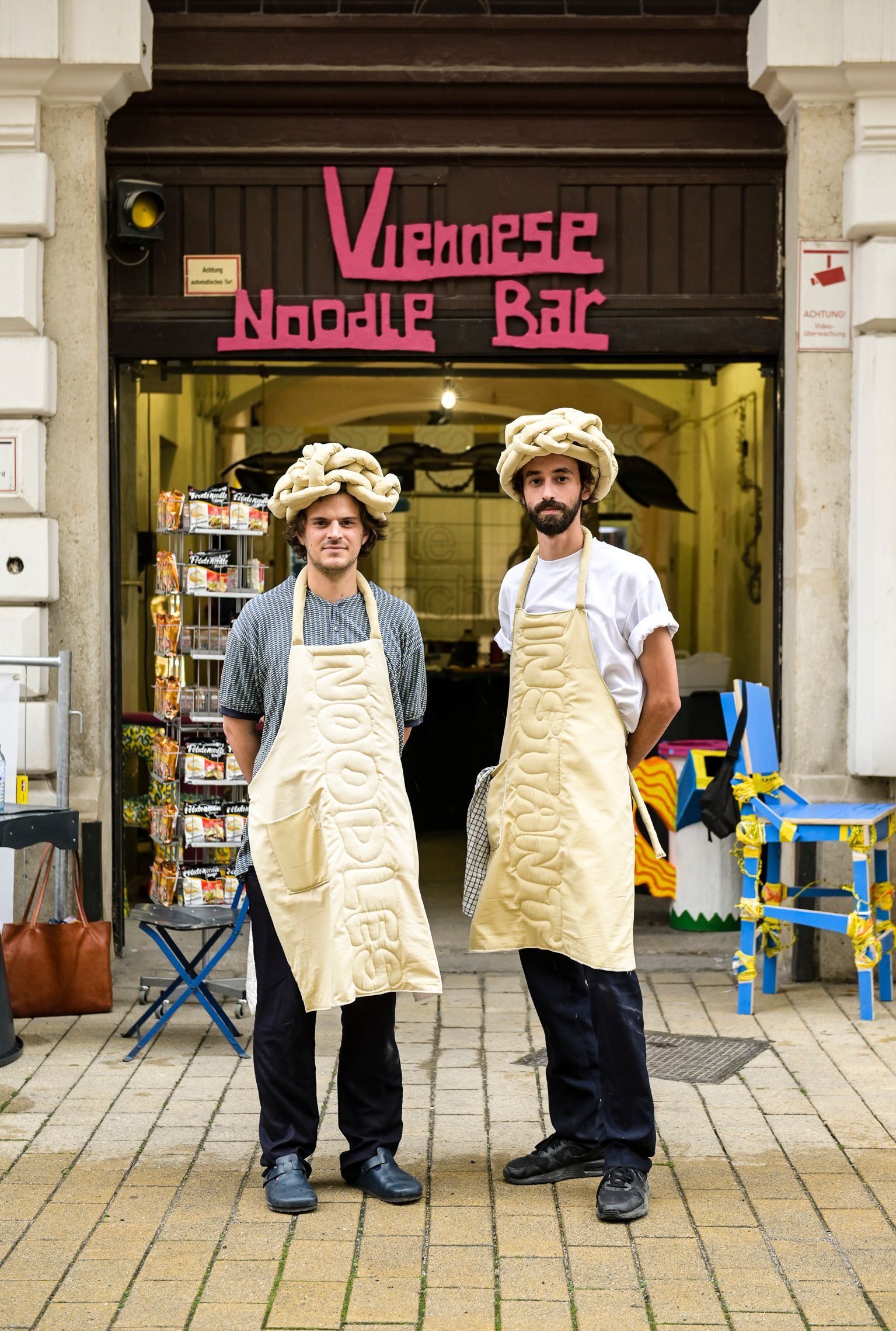
In addition to the thematic approaches, it’s important to note the unusual venues of Vienna Design Week: the festival typically focuses on a district that has long undergone gentrification, with a greater emphasis on shared spaces that reflect local identity. Thus, the authentic location of a nearby ground, a pharmacy or an abandoned residential building allows the event to enter the city’s bloodstream. But speaking of eclectic city spots, the residential building in question gives us Hungarians double pleasure, as it’s the home of the Veszprém-Balaton 2023 project and the METU’s collaboration with art students called “Connect us.”
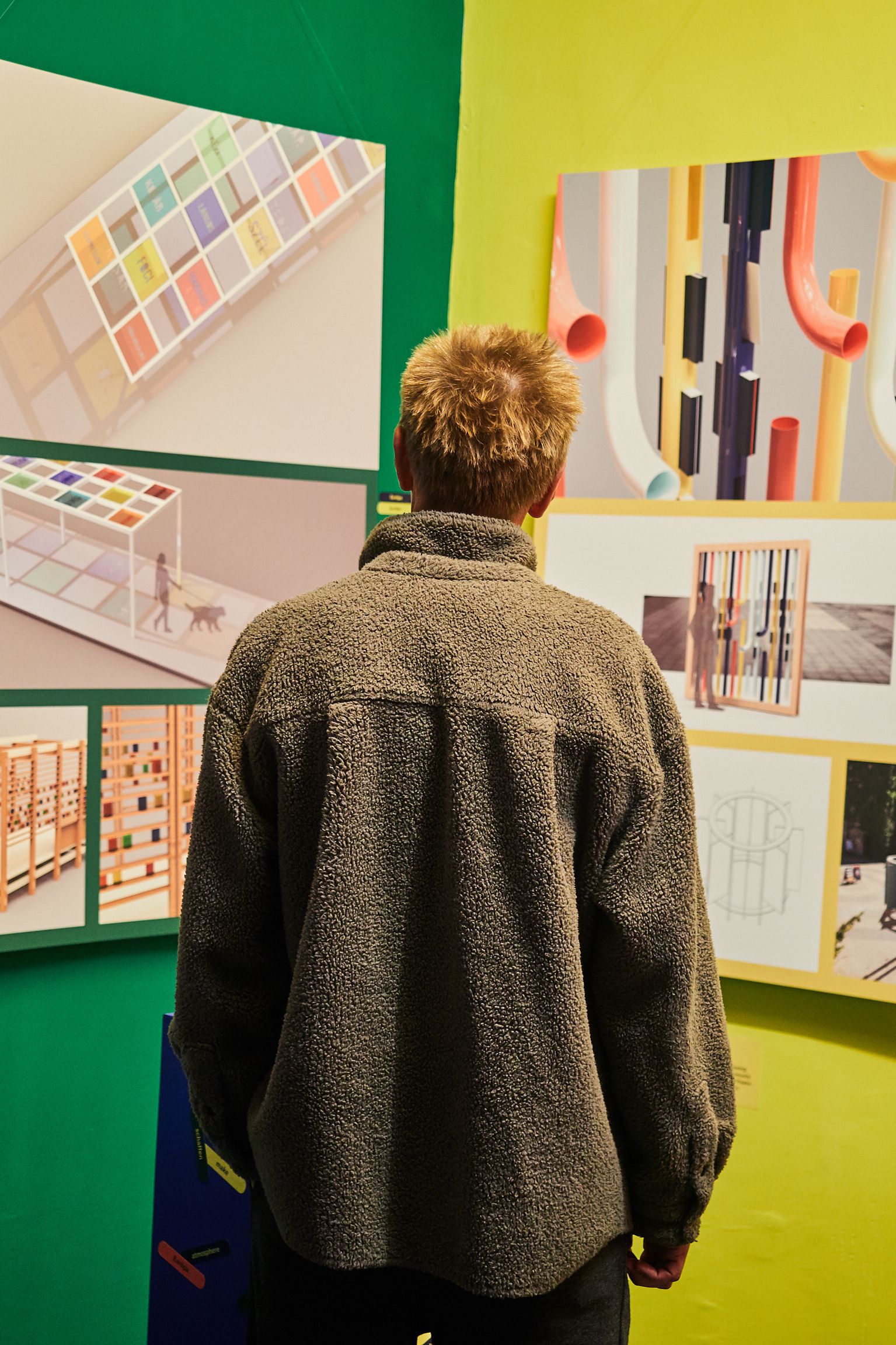
The main questions of this year’s event will address topics such as: how can design contribute to socially and ecologically sustainable solutions? How can it be critical and connect us in meaningful ways to the objects, spaces and services we need? These ideas have cradled the project’s creations, from the redesign of Hungarian and French decks to the alternative place name signs, the installation of the arbor of words, and the creative adaptation of the printed publication, Image album. The collaboration between the University and the European Capital of Culture is a perfect example of how art, culture and design can go hand in hand, and the project title is a result of this contact.
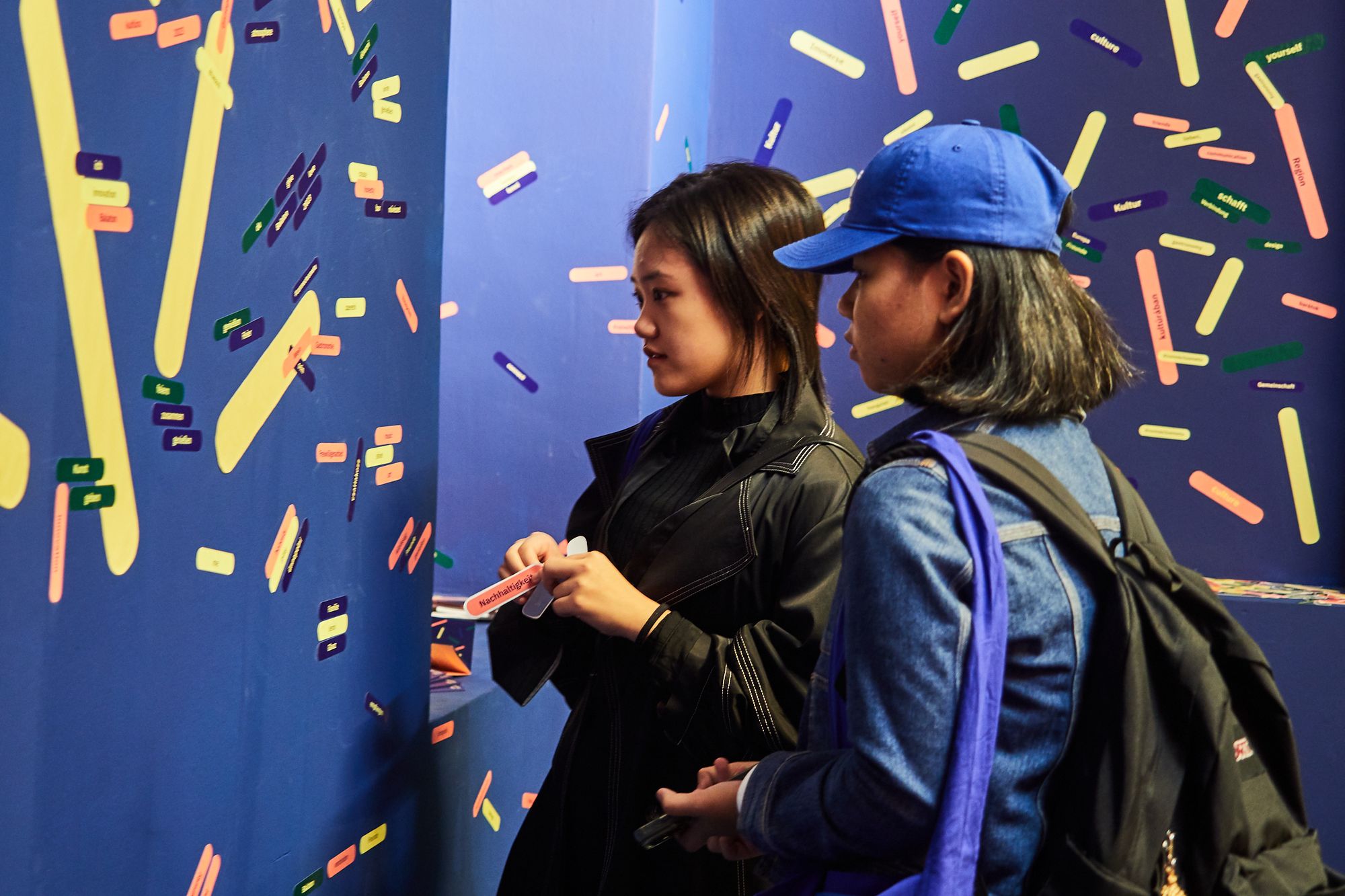
In a creative approach to Place name signs, project participants developed playful and eye-catching concepts ranging from pictogram systems to large-scale installations and landscaping communication surfaces that can also function as installations. At first glance, the appearance of the signs represents the cultural characteristics of the area and clearly indicates to visitors that they are part of the program.
One of the important elements of the cooperation is the Arbor of words, an interactive community installation that uses natural light to project words about Veszprém’s characteristics onto the pavement, bringing smiles to the faces of passers-by—and what is more, the Arbor of words has a special data recognition function that can be used to find out information about visitors.
Of course, no project is complete without merchandise. However, students have tried to stay yet again at the common intersection of creativity and tradition, reimagining products that not only make ideal souvenirs, but also evoke nostalgic experiences for generations. Familiar attributes and allegories from the neighborhood appear on the redesigned Hungarian and French decks, created by the graphic design students.
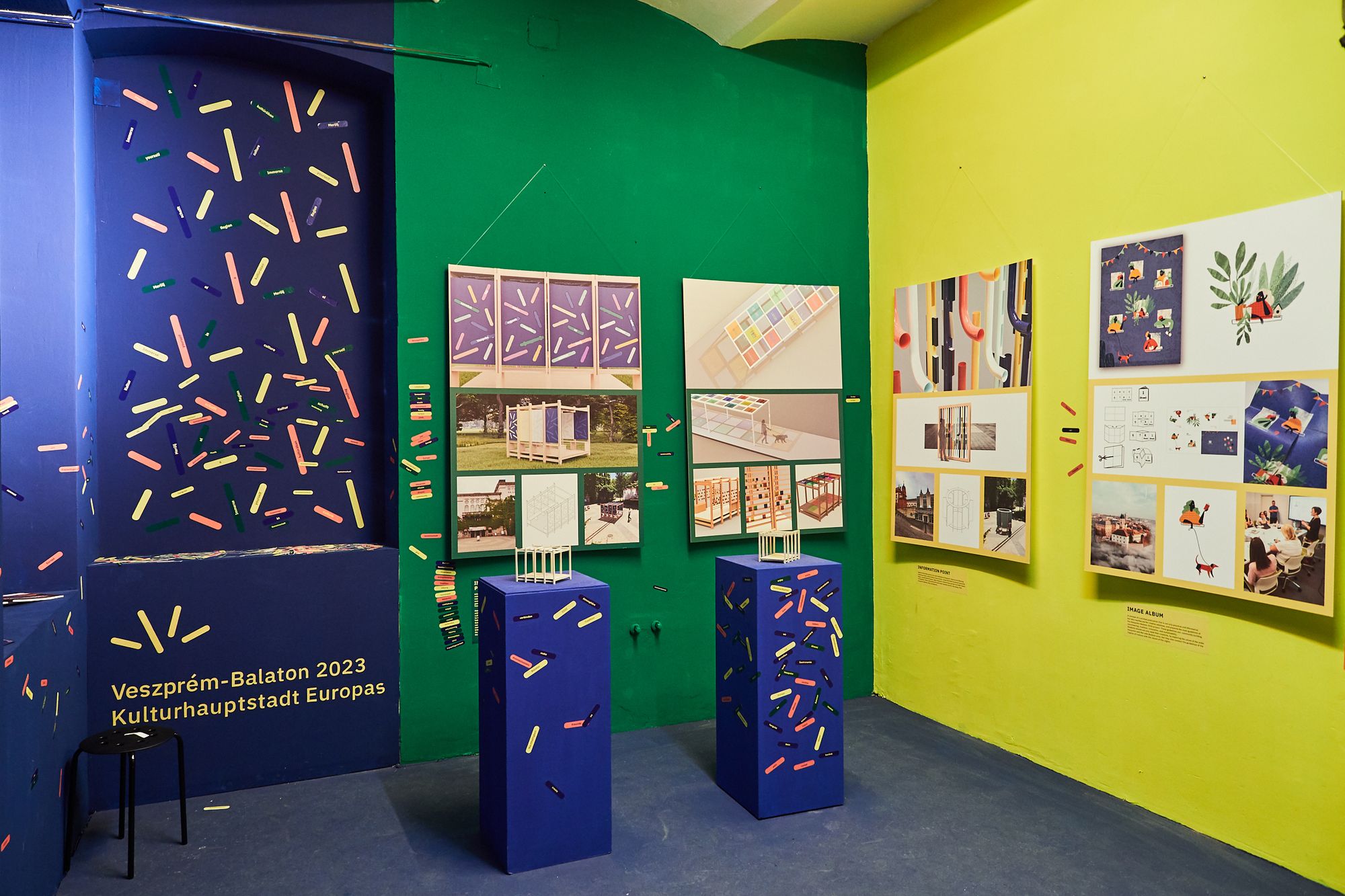
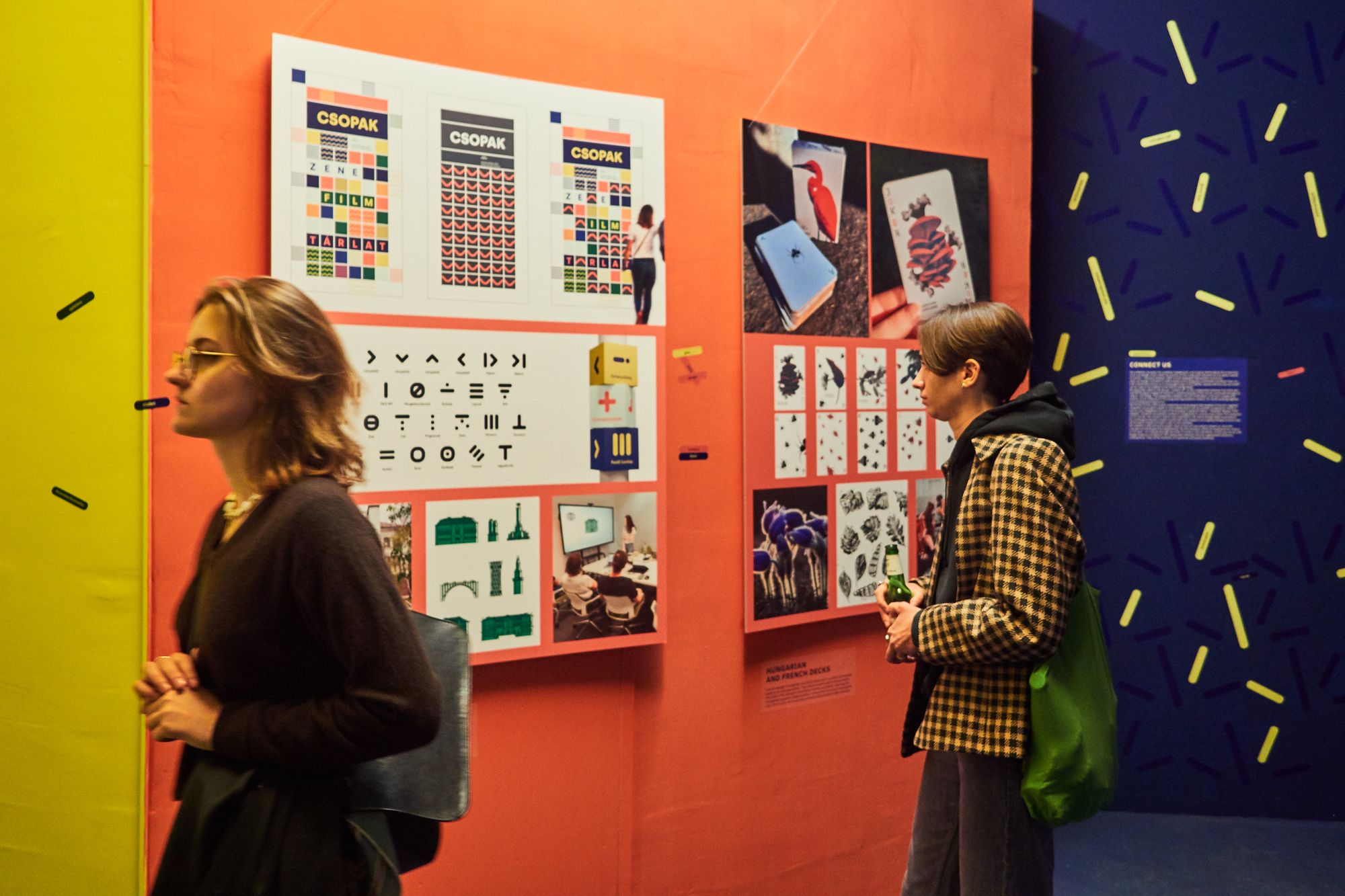

The Veszprém-Balaton 2023 European Capital of Culture stand in Vienna will present and develop these ideas as an installation that will interactively engage visitors. The installation will also feature the main design elements and colorful sticks, which visitors can use to leave their mark on the exhibition—showing that the Veszprém-Balaton project is a little bit for everyone.
“The Veszprém-Balaton 2023 European Capital of Culture is expecting many visitors from Austria, which is why we will show at the Vienna Design Week what cultural values and programs they can expect next year. We are delighted that the Budapest Metropolitan University has accepted our invitation and that we can showcase the works of its students at our stand, which have already been created in the spirit of next year’s cultural celebrations,” said CEO Alíz Markovits, commenting on the importance of the Vienna presence. These creations were also realized by the METU Concept Agency, a newly created unit within the institution, which aims to provide students with practical knowledge through creative industrial projects in line with the university’s teaching methodology.

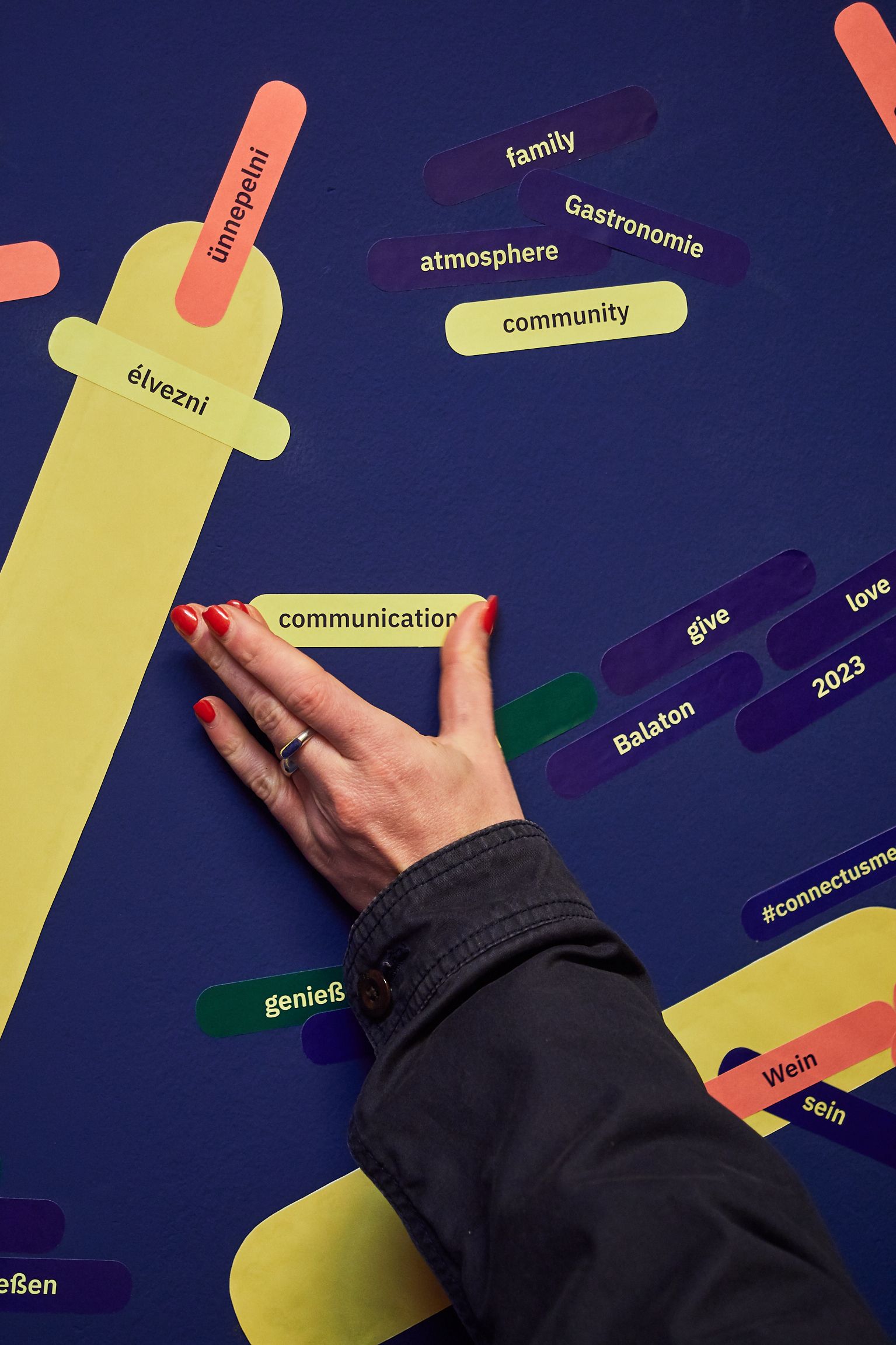
“The Faculty of Art of the Budapest Metropolitan University regularly integrates real projects into the educational program of its semesters, so we were especially pleased to receive such an exciting invitation as the one we received from the Veszprém-Balaton 2023 European Capital of Culture program. The cooperation between the Budapest Metropolitan University and the European Capital of Culture is a perfect example of how these institutions can be linked through art, culture and design,” said Péter Csizmadi, Dean of the Faculty of Art at the Budapest Metropolitan University.
All venues and programs of the Veszprém-Balaton 2023 European Capital of Culture project and VIENNA DESIGN WEEK are open free of charge until 25 September.
Photos: Vienna Design Week
Vienna Design Week | Web | Facebook | Instagram
Veszprém-Balaton 2023 | Web | Facebook | Instagram
Budapest Metropolitan University | Web | Facebook | Instagram
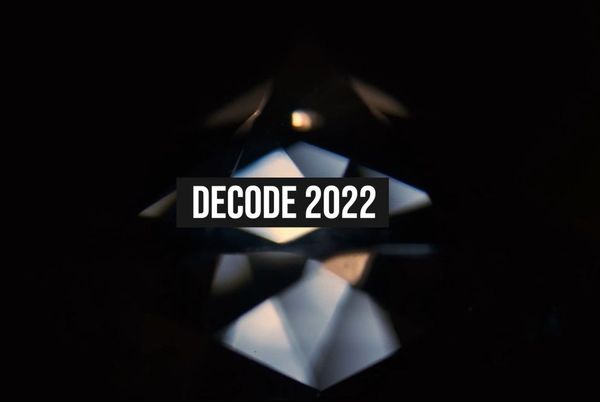
Application and exhibition opportunity: DECODE Award is back
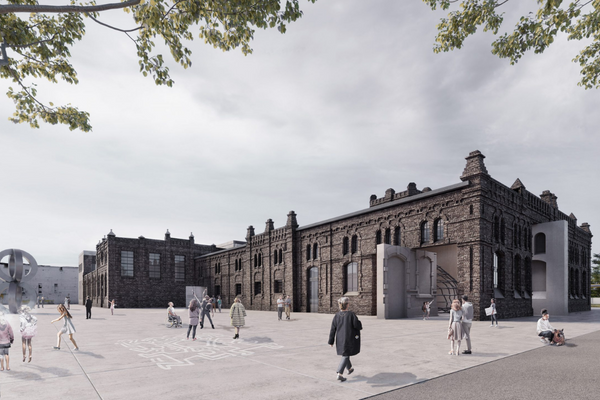
Slaughterhouse transformed into cultural center and contemporary art gallery
